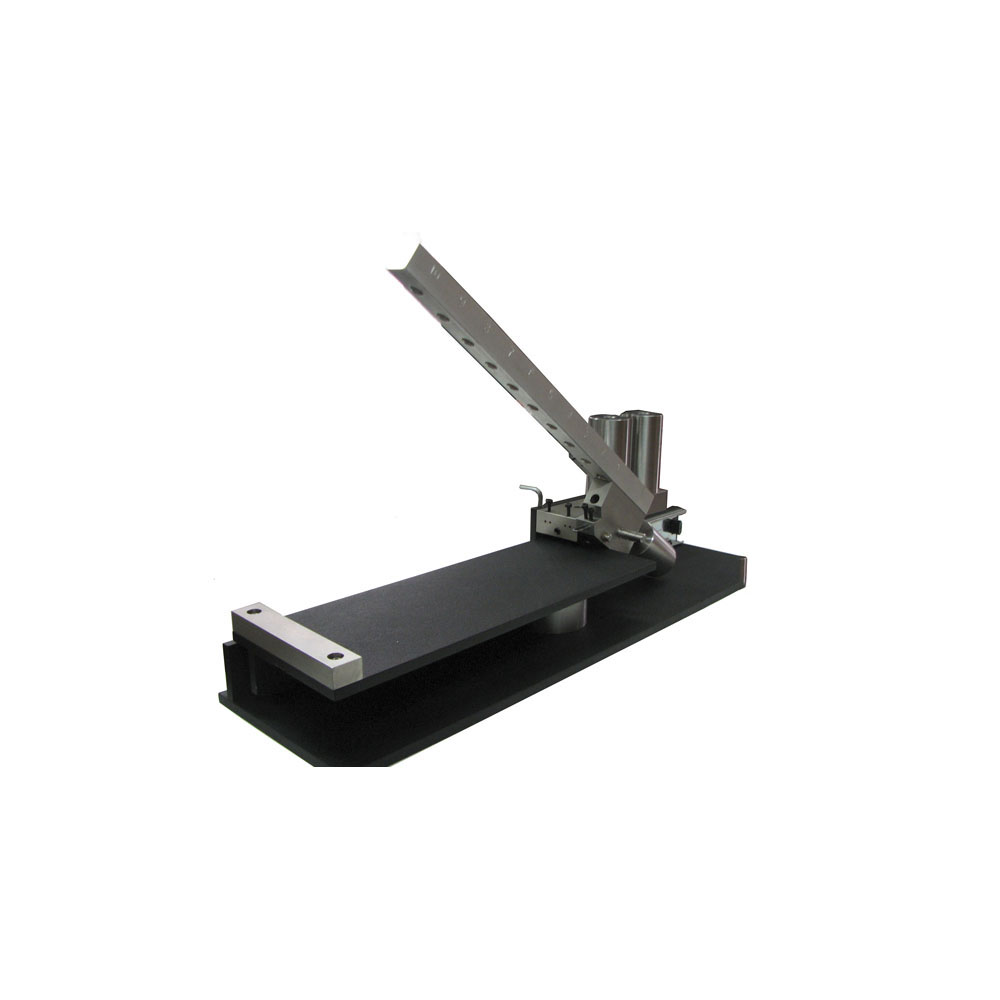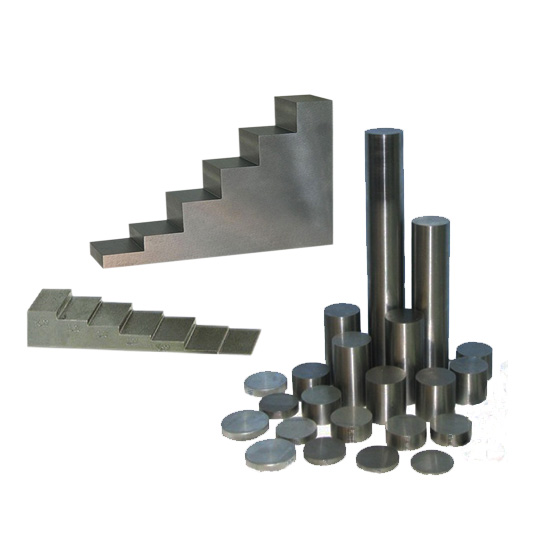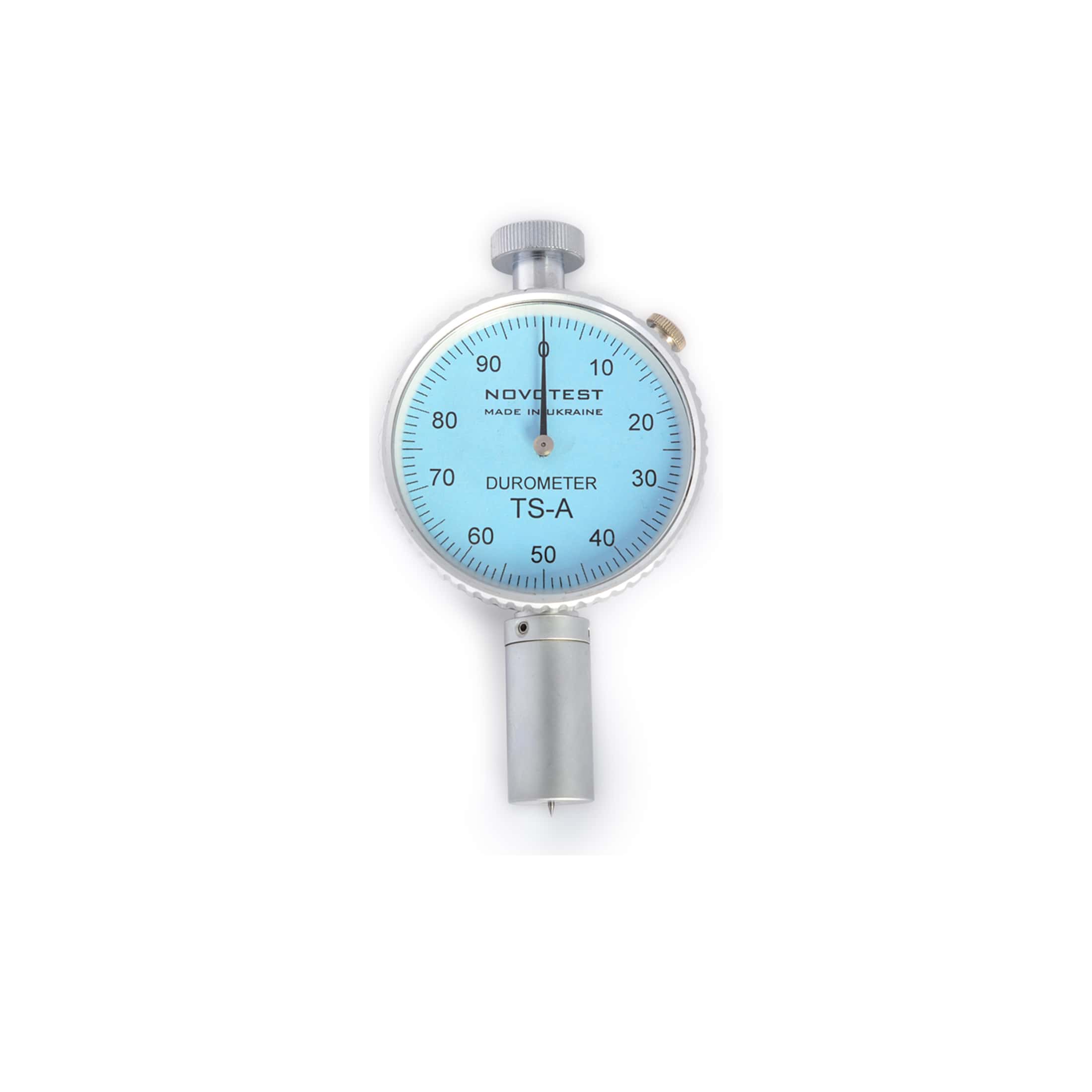Concrete Rebound Hammer, a specialized tool used in the field of construction and civil engineering for non-destructive testing of concrete structures. The rebound hammer is designed to assess the compressive strength and uniformity of concrete by measuring the rebound of a spring-loaded hammer after it impacts the concrete surface. Here are the key features of our Concrete Rebound Hammer:
Novotest
Concrete Rebound Hammer
Key Features:
- Spring-Loaded Mechanism: The rebound hammer features a spring-loaded mechanism that propels a hammer mass against the concrete surface. The rebound distance is then measured to assess the concrete’s hardness and strength.
- Impact Energy: The hammer’s impact energy is carefully calibrated to ensure consistent and reliable results. The impact energy level can often be adjusted based on the specific requirements of the concrete being tested.
- Measurement Scale: Rebound values are typically provided on a scale, allowing users to correlate the rebound number to an estimated compressive strength value. Conversion charts or digital displays may be included for easy interpretation.
- Lightweight and Portable: The rebound hammer is designed to be lightweight and portable, making it convenient for on-site testing of concrete structures, including bridges, buildings, and pavements.
- Different Test Schmidt Hammers: Schmidt Hammers are a common type of rebound hammer. They are available in various types (N, L, M, and P types) to suit different concrete applications and strengths.
- Integrated Sensor or Indicator: Some models of rebound hammers feature integrated sensors or digital indicators, providing direct and digital readouts of the rebound values. This enhances accuracy and ease of use.
- Measurement Variability Correction: Advanced rebound hammers may include features to correct for measurement variability, such as the angle of impact or surface roughness of the concrete.
- Calibration Check Anvil: The rebound hammer often comes with a calibration check anvil, allowing users to perform regular checks to ensure the instrument’s accuracy.
- Ergonomic Design: The design of the rebound hammer is often ergonomic, providing a comfortable grip for the operator during testing.
- Durable Construction: Constructed with durable materials, including metal and reinforced plastic, the rebound hammer is built to withstand the conditions of construction sites and provide long-term reliability.
- Documentation and Reporting: Some models may offer features for documentation and reporting, allowing users to record and analyze test results for quality control and assurance purposes.
- Compliance with Standards: Our Concrete Rebound Hammer is manufactured to comply with relevant industry standards, such as ASTM C805 or EN 12504-2, ensuring accurate and consistent testing procedures.








